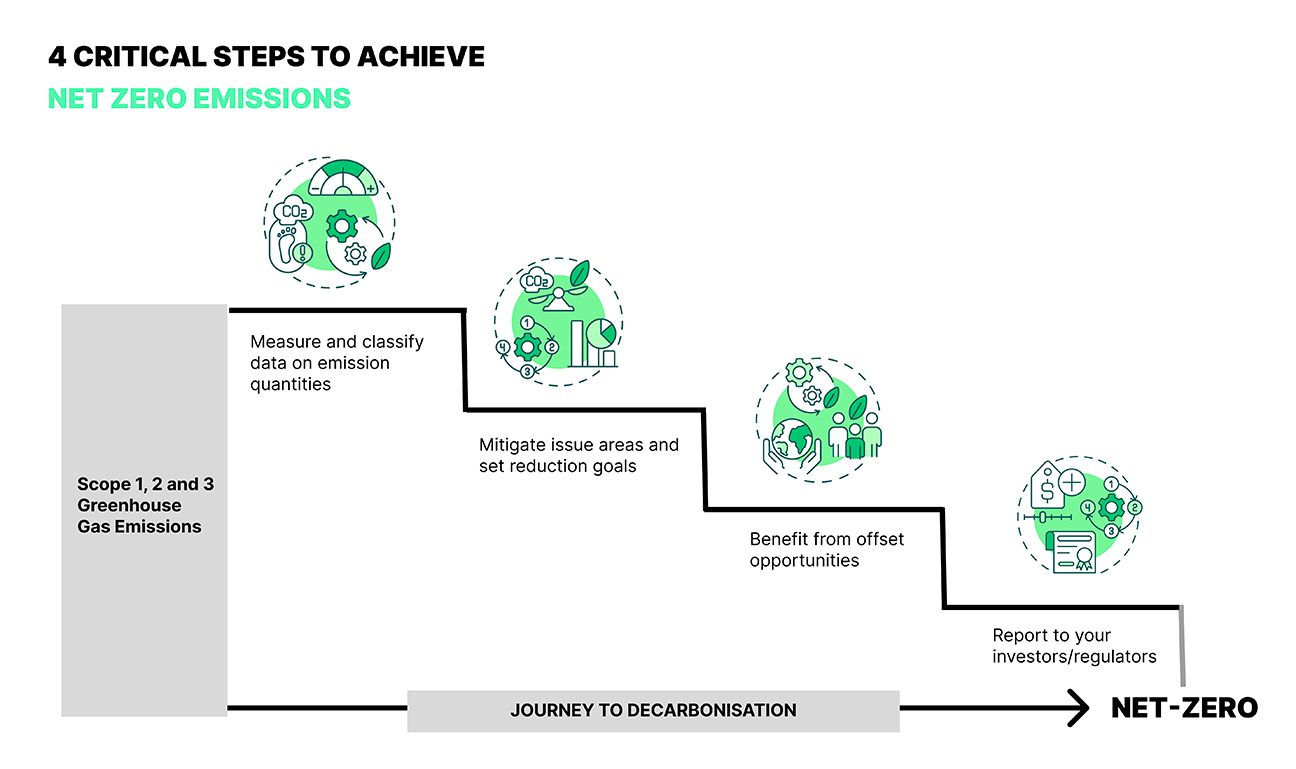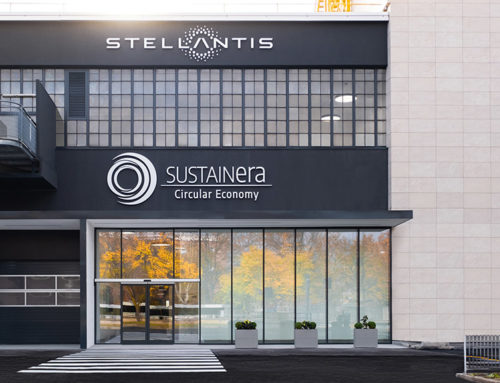In an era where environmental concerns and the impacts of climate change loom large, the concept of “Zero Emissions” has become a rallying cry for sustainability enthusiasts worldwide. At its core, Zero Emissions entails a commitment to reducing carbon dioxide emissions, the notorious culprits behind global warming.

Understanding the Essence of Zero Emissions:
Reducing your carbon footprint is, essentially, synonymous with the pursuit of resetting emissions to zero. By curbing the release of carbon dioxide (CO2) and other greenhouse gases into the atmosphere, companies can help mitigate the adverse effects of climate change. The core principles and practices to instill include Carbon Footprint Reduction.
The heart of Zero Emissions lies in shrinking your carbon footprint. This involves assessing and minimizing the amount of CO2 and other greenhouse gases generated through various activities, from energy consumption to transportation.
Achieving Zero Emissions isn’t an unattainable dream; it’s a series of thoughtful choices and actions that cumulatively lead to a greener, more sustainable world. Here are some practical examples:
Reduce Waste:
Waste reduction is an effective way to lower your carbon footprint. By producing less waste and adopting recycling and composting practices, you not only conserve resources but also reduce emissions associated with waste disposal.
Choose Energy-Efficient Products:
Look for the ENERGY STAR® logo or opt for items that are EPEAT registered for your office. These certifications indicate that the products meet strict energy efficiency and environmental performance standards, resulting in lower energy consumption and emissions.
Utilize EPA’s Waste Reduction Model (WARM):
The EPA’s Waste Reduction Model (WARM) is a valuable tool for tracking and organizing greenhouse gas emissions related to waste. By utilizing WARM, solid waste planners can identify opportunities to reduce emissions through waste management strategies.
Invest in Renewable Energy:
Transitioning to renewable energy sources such as solar, wind, or hydropower significantly reduces carbon emissions associated with electricity generation. This is a powerful step for individuals and organizations committed to total emission reduction.
Choose Low-Emissions Vehicles:
Embrace eco-friendly transportation options by purchasing flexible fuel fleet vehicles or low emissions vehicles. These vehicles produce fewer harmful emissions and help combat air pollution, a critical contributor to climate change.
Zero Emissions is not merely a buzzword; it’s a call to action that empowers us all to be custodians of our planet’s future. Whether you’re an individual looking to reduce your carbon footprint or an organization striving for sustainability, the journey toward Zero Emissions is within reach. By adopting waste reduction practices, choosing energy-efficient products, leveraging innovative tools like EPA’s WARM, investing in renewable energy, and embracing low-emissions transportation, you can pave the way for a greener, more sustainable company, where Zero Emissions is not just a goal but a reality.






